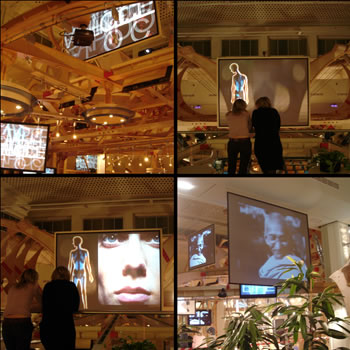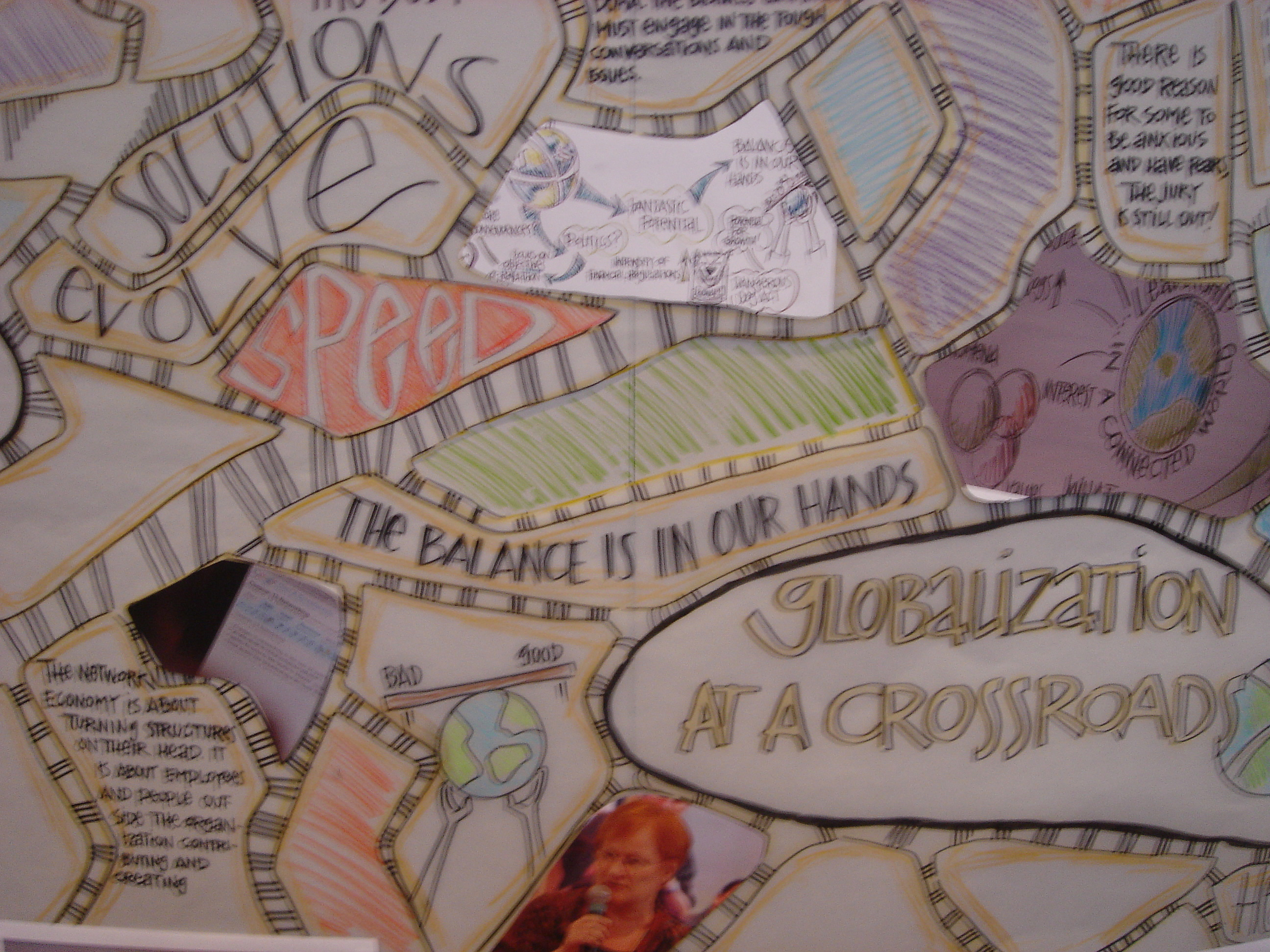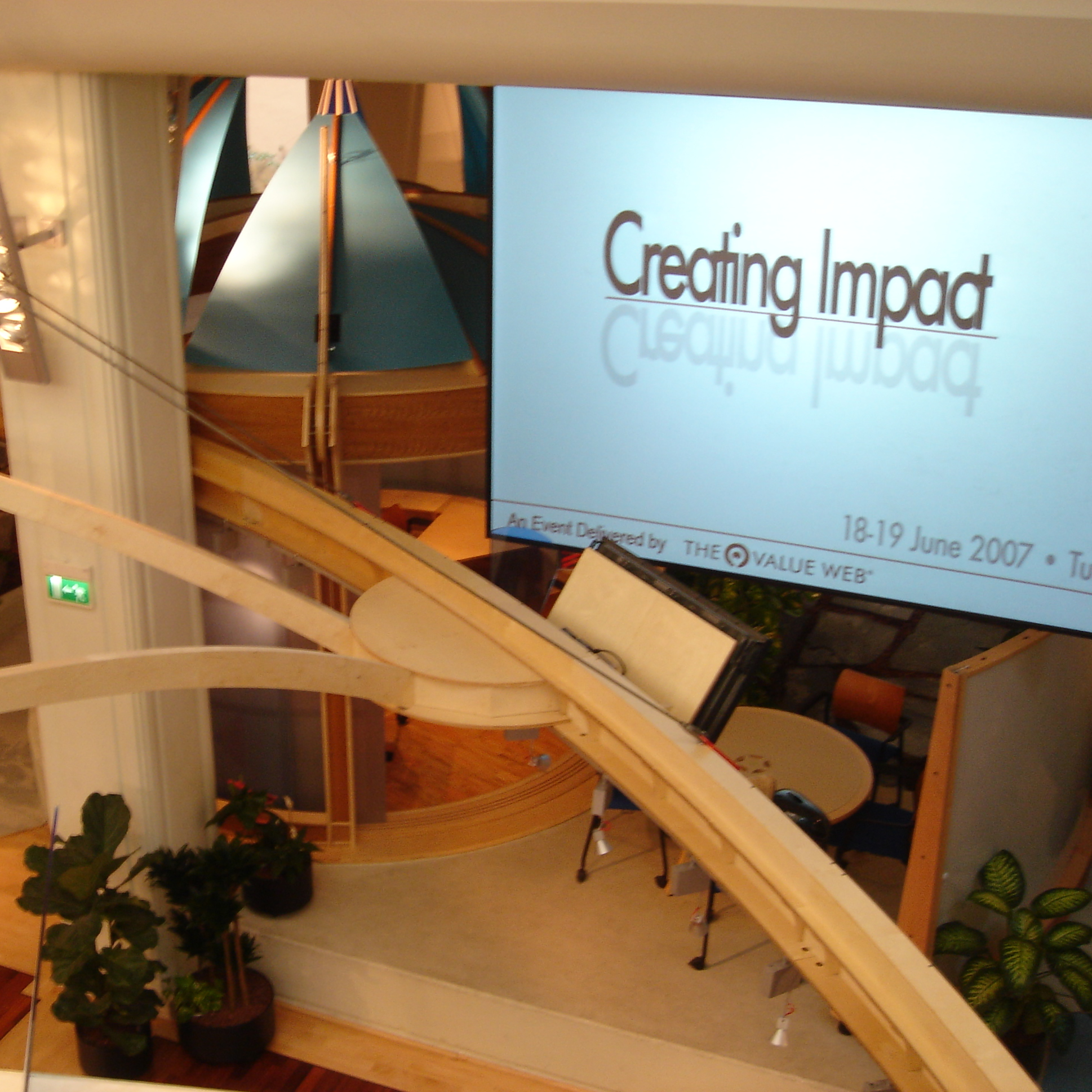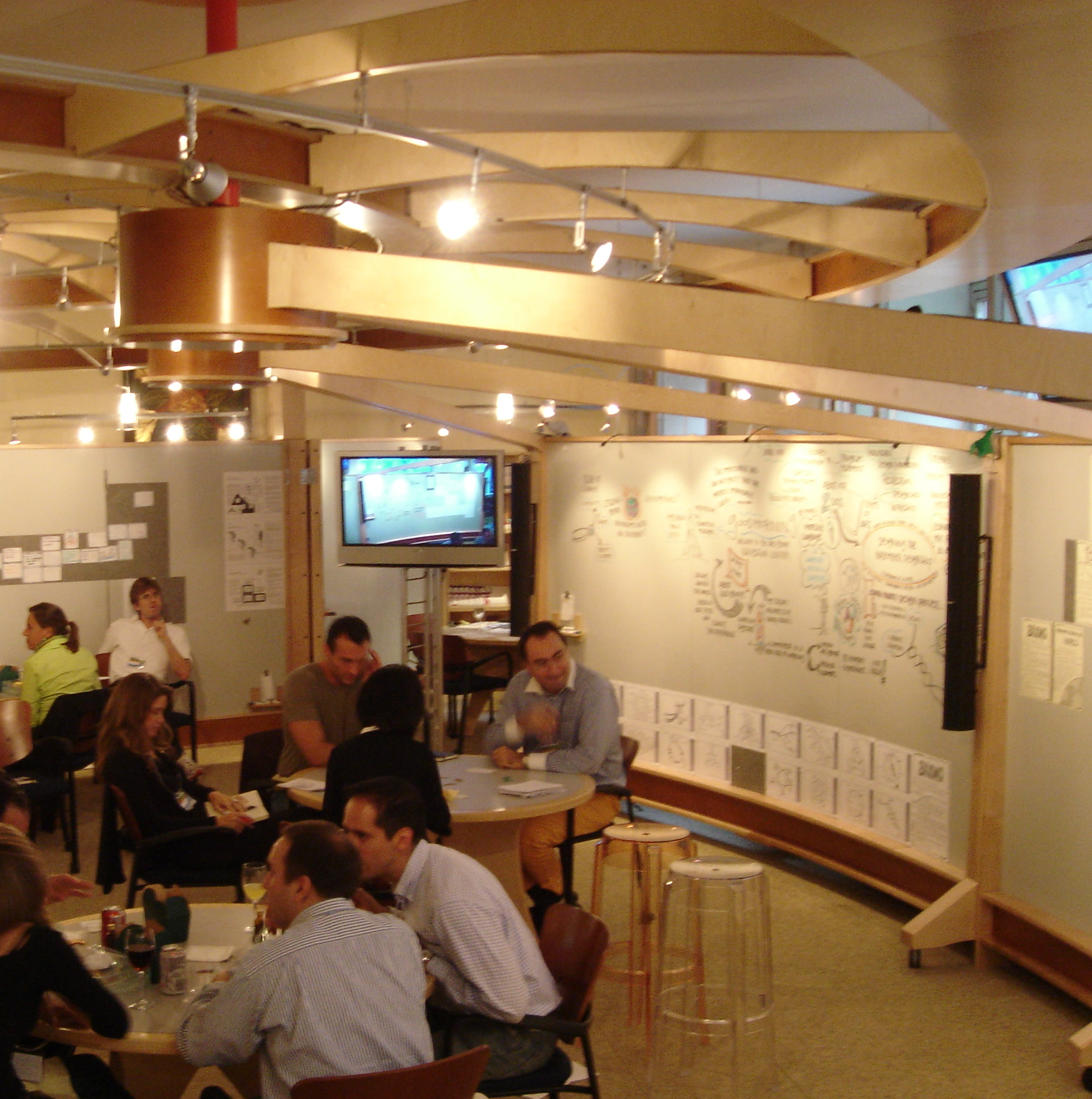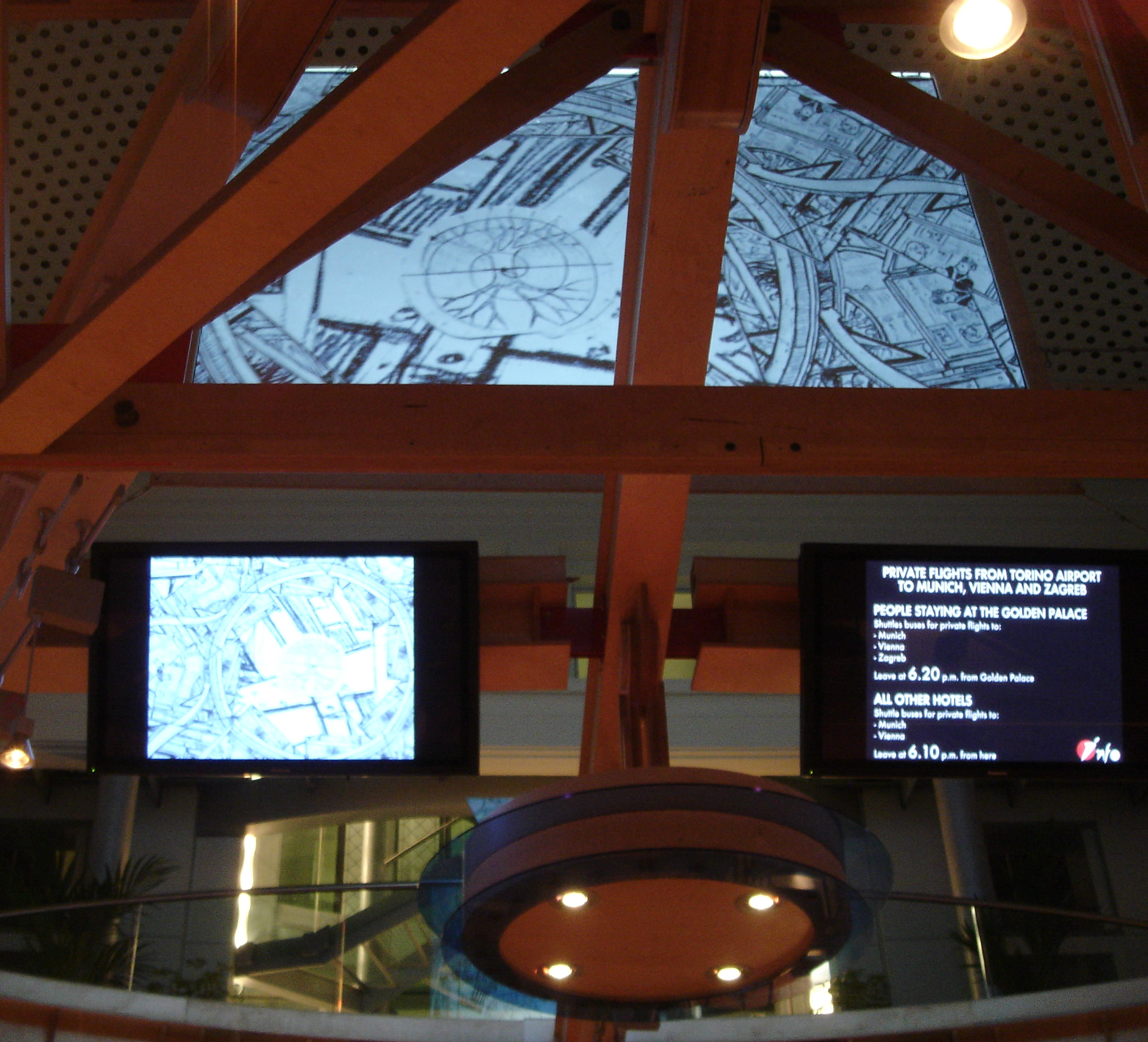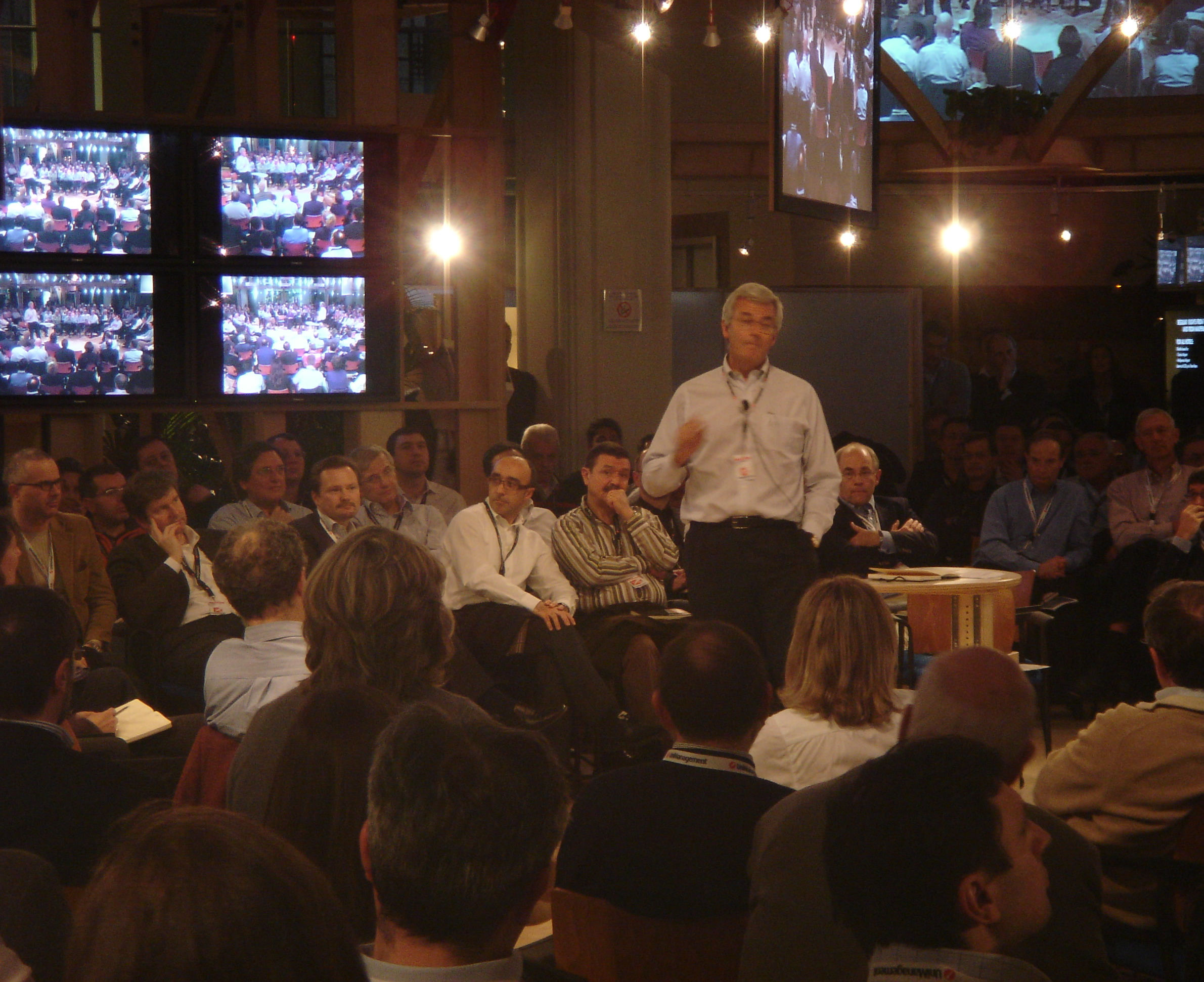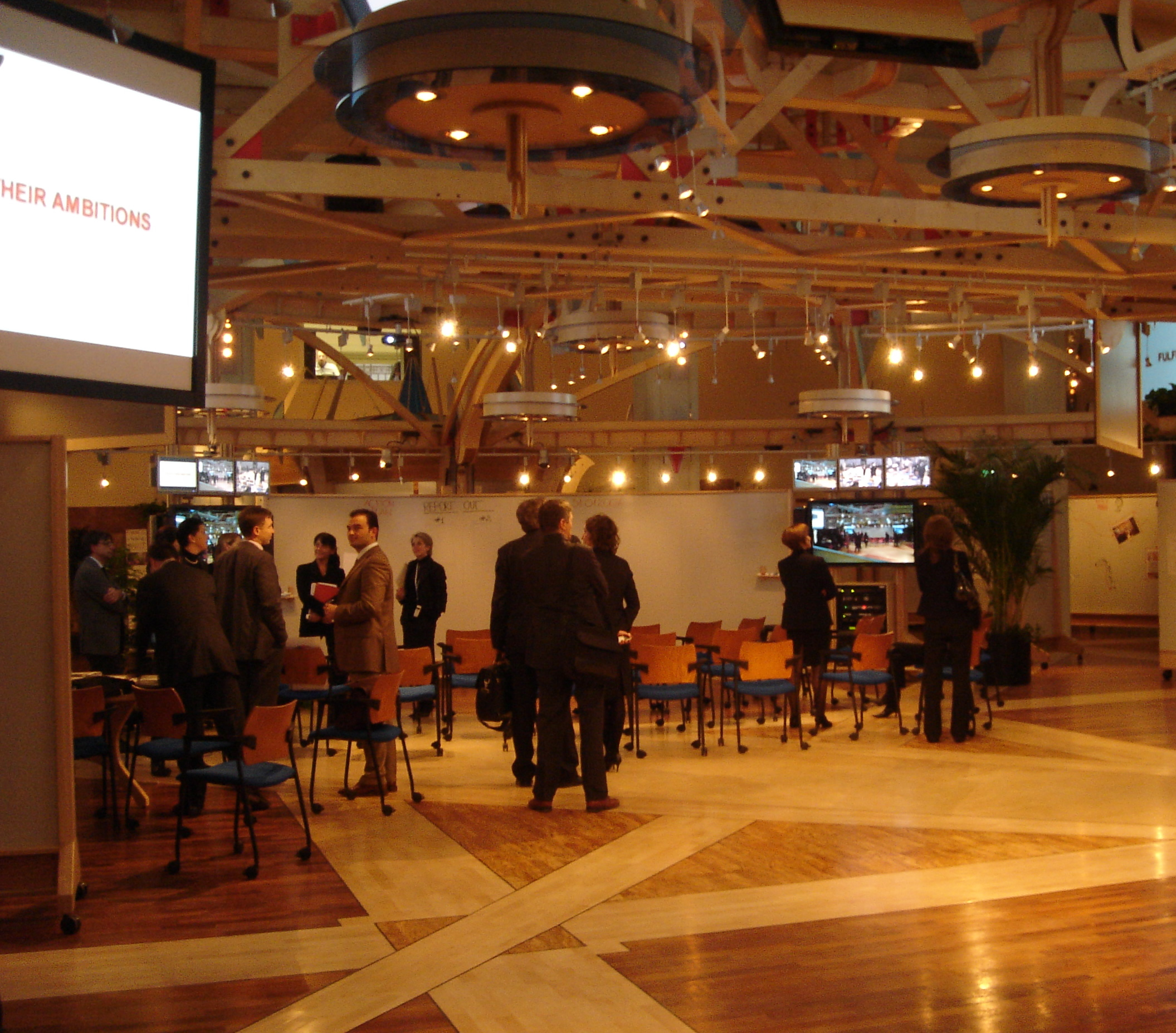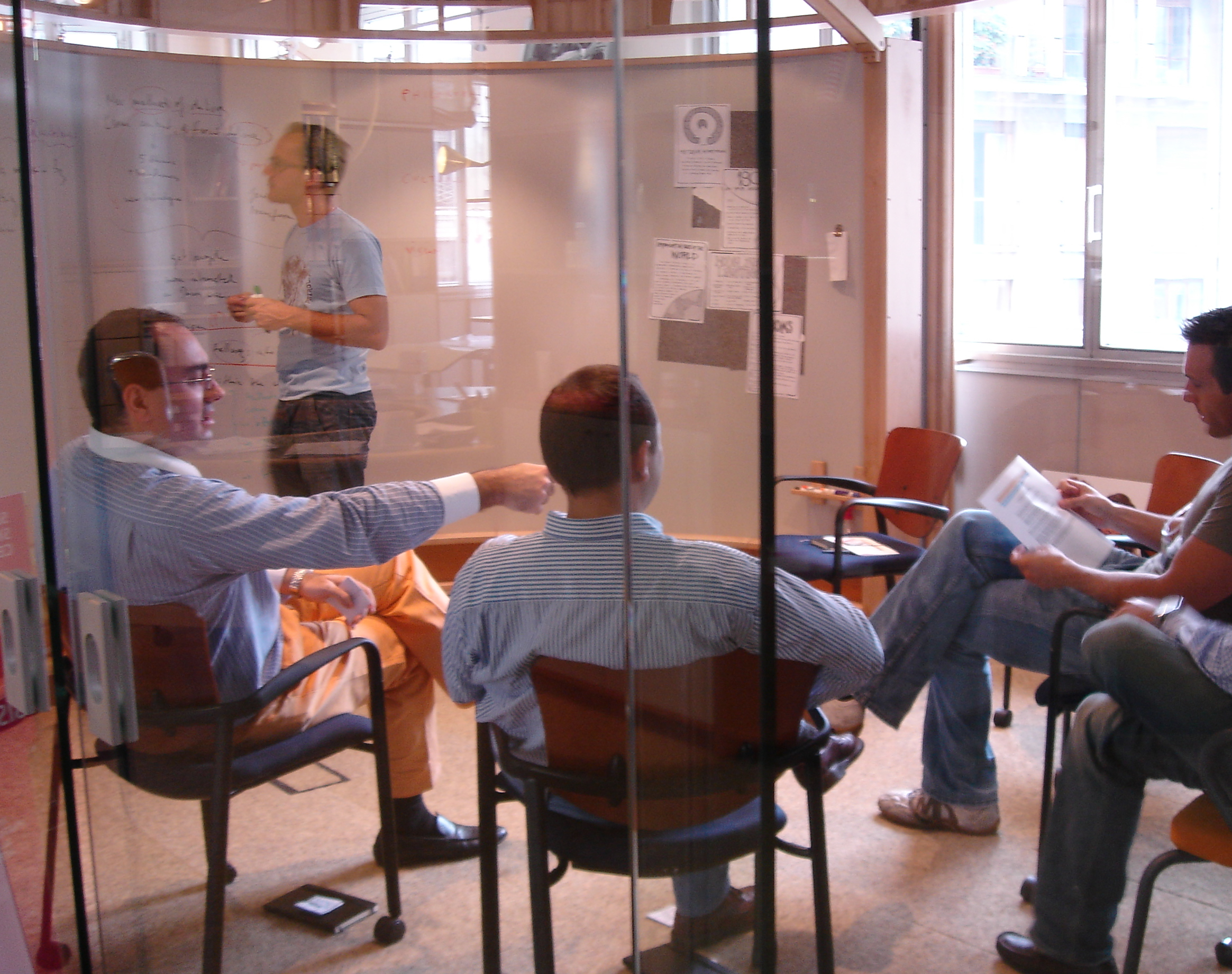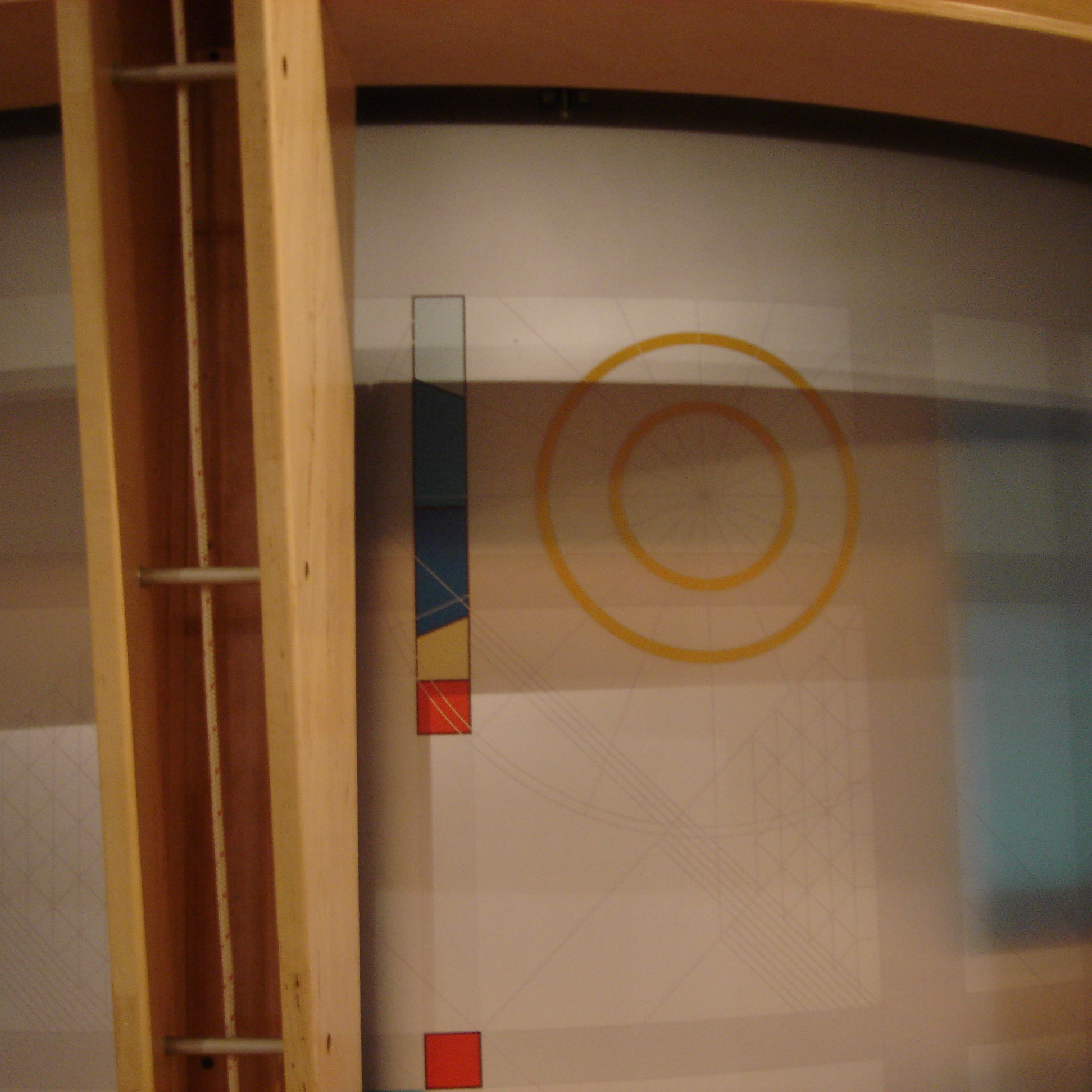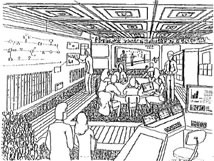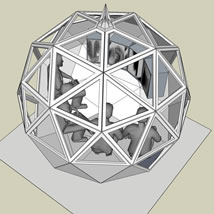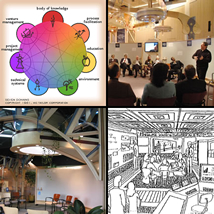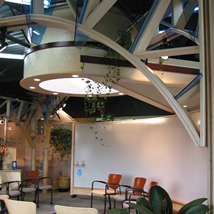The following photos and notes illustrate an approach to collaborative interaction among design team members and the augmentation of their work through the use of computer aided multimedia.
The photos are high resolution so that they may be used as presentation materials. Please contact me before such use [link: matt taylor e-mail].
The integration of media with collaborative environments and work processes has long been a focus of MG Taylor. The state of the technology and its cost has prohibited these ideas, for several decades, from coming to full utilization. Recently several projects, including improvements in technology and its reduced cost, have brought these goals much closer to realization. Our work with the World Economic Forum, IDIAP, UniCredit and other clients - and the organizations who work with them - is providing a rich environment for the development and implementation of true media augmentation. It will take the combined talents of many individuals and organizations to achieve this dream.
I stress that all media is multimedia and not just that generated with technology (in the narrow way that we have come to think of it). Further, I am not so much interested in passive presentations of caned content but rather with real time, interactive use of multimedia integrated with the collaborative design process. In this context, the content cannot be separated from the media. Content created before during and after a team design session, applied in a variety of ways, and in the control of the users themselves, is a necessary base capability for true augmentation to become a reality.
In today’s environment of rapid change and increase of complexity, we humans have to be able to grasp immensely complex issues in their many facets while producing real work. Learning can no longer be separated from doing either as a separate activity nor in a different time.
We have to be in media - not looking at it. We have to be active agents in the creation of media - not passive recipients. We have to think, collaborate, design, act and document as one seamless process - and we have to be able do all this in real time. We have to be able to move about when do this work - not be tied down to a single place. The media must follow us, we cannot be placed and organized in service to it. This requires a new way to integrate media content, work process and working space and this requires an new approach to the application of technology. Below are some examples which start along this path.
At the bottom of this document are a number of links which explore both the theory and many applications of this approach to computer and media augmentation. |
